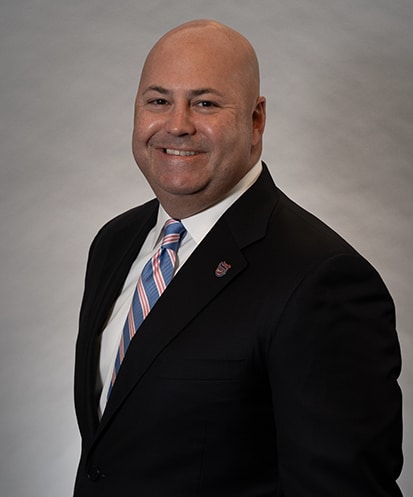Why Using a Surgical Checklist Helps Doctors Provide Better and Safer Treatments
 Harvard Business Review (HBR) recently profiled how surgical checklists are making a difference in reducing mistakes and improving medical outcomes. The HBR report profiled a surgical team at a South Carolina medical facility which reduced its mortality rate by a third, increased productivity, and saved more than $4 million a year since instituting the use of the checklist. It also helped increase the number of surgeries the practice could handle, which increased revenue. The team reported a stronger culture of safety and job satisfaction.
Harvard Business Review (HBR) recently profiled how surgical checklists are making a difference in reducing mistakes and improving medical outcomes. The HBR report profiled a surgical team at a South Carolina medical facility which reduced its mortality rate by a third, increased productivity, and saved more than $4 million a year since instituting the use of the checklist. It also helped increase the number of surgeries the practice could handle, which increased revenue. The team reported a stronger culture of safety and job satisfaction.
The use of the World Health Organization (WHO) checklist was met with a lot of internal resistance – as has been the case with many other hospitals. The South Carolina team implemented the surgical checklist by addressing several psychological resistance factors:
- Understanding the root causes of why surgical teams resist change
- Asking the surgical team what they wanted to do to implement the checklist
- Seeking to understand what each member of the surgical team gains and loses from implementing the checklist – such as understanding the difference between team responsibility and individual responsibility for outcomes
- Focusing on those doctors, nurses, anesthesiologists, and technicians who were initially committed to the checklist
The surgical checklist
The WHO checklist addresses everything from patient intakes before anesthesia to the timing of antibiotics, and yet it “is not intended to be comprehensive. Additions and modifications to fit local practice are encouraged.”
Washington, D.C. hospitals would do well to look at their own processes. The Spring 2019 Leapfrog Hospital Safety Grades show that all six of the D.C. hospitals need work when it comes to surgical errors. Sibley Memorial Hospital, one of only two facilities to earn an above-average grade, was ranked “below average” in four of the 7 categories for surgery:
- Death from serious treatable complications
- Collapsed lung
- Dangerous blood clots
- Accidental cuts and tears
MedStar Georgetown University Hospital, the other above-average hospital on the list, also ranked below average in 4 out of 7 surgical problem areas. In contrast, Howard University Hospital (overall rank: D) ranked below average in 2 out of 7 surgical problem areas.
In short, even our best hospitals are making mistakes when it comes to surgery. The WHO checklist might be what local healthcare facilities need to turn themselves around.
To contact Paulson & Nace, PLLC, please fill out this contact form or by calling 202-463-1999.

Christopher T. Nace works in all practice areas of the firm, including medical malpractice, birth injury, drug and product liability, motor vehicle accidents, wrongful death, and other negligence and personal injury matters.
Read more about Christopher T. Nace.
